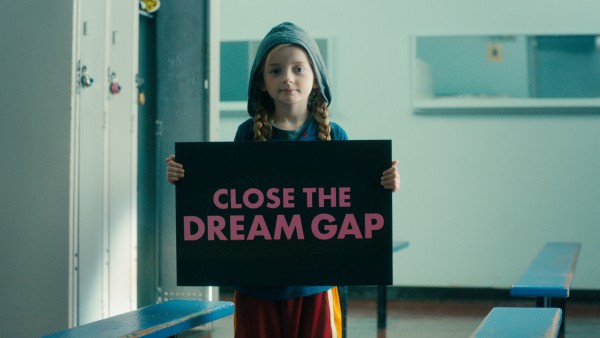
It’s no secret that there is a gap between boys and girls when it comes to self-confidence and learning about essential topics for success later in life, such as those related to science, technology, engineering, and mathematics (STEM).
While a lot of progress has been made to close this gap, research shows that starting at age five many girls are still less likely than boys to view their own gender as smart and begin to lose confidence in their own competence due to cultural stereotypes. Some of this view of girls comes from implicit biases and representation in media as well as the toys boys are girls play with as young children. In the United States, this has been referenced as the “Dream Gap,” but there are similar trends seen around the world.
As one of the most popular toys among girls for decades, Barbie recognized the problem and knew they were in a unique place to address it. That’s why Barbie recently launched the “Dream Gap Project” which is providing funding for research into how the gap can be closed and is focusing on highlighting positive role models and rallying a community around supporting girls.
Barbie may have started as a pretty girl in a swimsuit, but the Barbie of the 21st Century is the one girls need to see today – a strong woman in leadership roles so that girls can see themselves as leaders in the future.
But Barbie is doing more than just making dolls to help close the gap. The company is focusing on finding like-minded partners and funding dedicated research to determine the best ways to empower girls, especially those 5-7 years old when the dip in self-confidence starts to become evident.
To help achieve this mission, Barbie is collaborating with Associate Professor Andrei Cimpian of New York University to fund a two-year doctoral fellowship on this issue. Over the next two years Barbie will focus on showing girls more role models with a goal to highlight at least 10 globally and highlight underrepresented careers. Additionally, Professor Campian will help find the effective ways to inspire even more girls through a Shero program. They will also continue to leverage Barbie as a role model by infusing purpose-driven themes in content, including a new Barbie Vlogger episode in connection to the Dream Gap Project.
Even in 2018 girls still get the message that are not as good as boys in so many ways. Parents need to be aware of the negative messages their young girls are absorbing through the world around them. According to Professor Cimpain,
"Children are very sensitive to information in their social environments. As a result, even young children are likely to pick up on cultural stereotypes that suggest women aren’t as likely to be “brilliant” as men. These stereotypes can be perpetuated by the media and grown-ups who subtly reinforce them. The self-limiting beliefs these stereotypes create can snowball to potentially affect a girl’s trajectory and future career choices."
Small steps like choosing toys that show positive role models who are girls just like them can go a long way towards closing the gap and giving them a better chance of success later in life.
This post comes from the TODAY Parenting Team community, where all members are welcome to post and discuss parenting solutions. Learn more and join us! Because we're all in this together.
